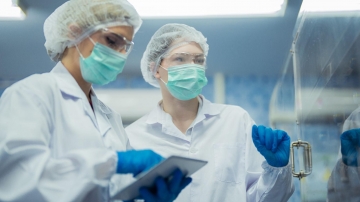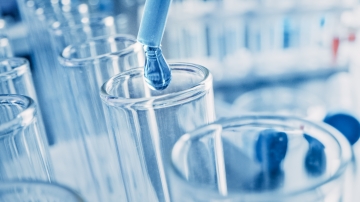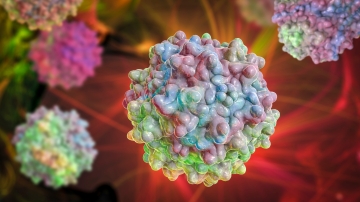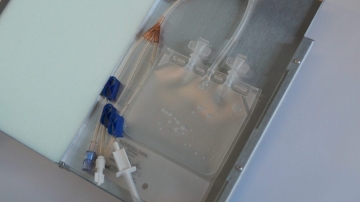Viral vectors for gene therapy: What to expect in 2023
Table of contents
ShowFor many of the approaches taken in gene therapy, viral vectors have proven to be an indispensable means to modify the genetic material of human cells. Once the life sciences had discovered the potential of viral vectors for gene therapy, researchers rapidly began to investigate how and where to make use of viral vectors. This resulted in major breakthroughs in gene therapies and gene-modified cell therapies. New treatment options have been made accessible to patients suffering from various types of cancer, genetic disorders, and infections.
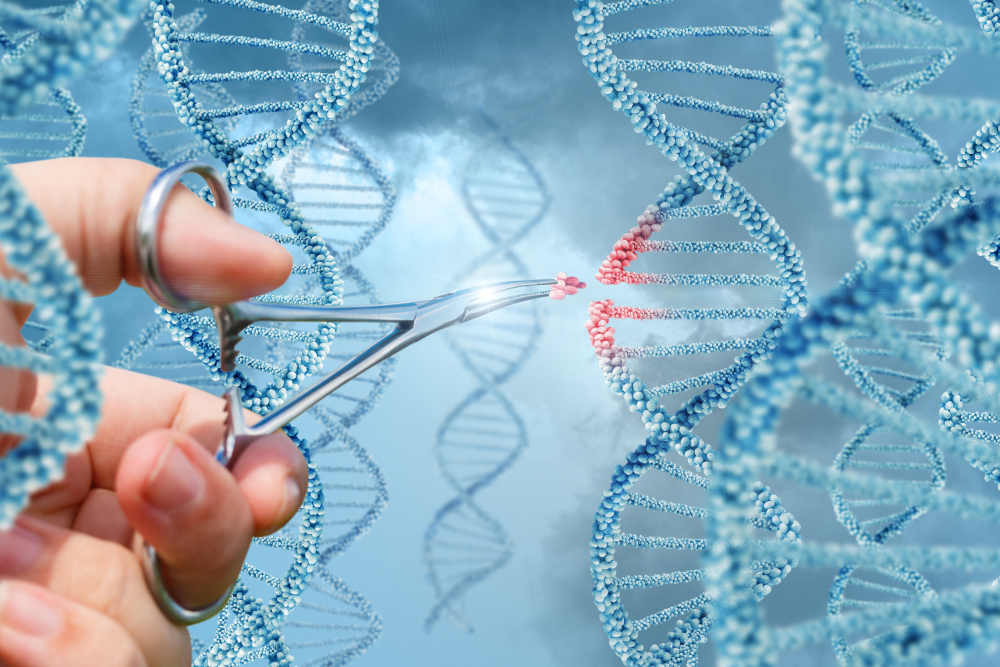
However, where are we heading with viral vectors? This question is on the minds of researchers, healthcare providers, and relevant stakeholders around the world, as they attempt to expand the applications of viral vectors – not to mention the many patients who suffer from diseases that, until now, have had few treatment options and no cure. Nevertheless, one fact appears to be obvious: The opportunities that viral vectors present are far from being fully discovered.
To address this question, let’s first take a look at what we know so far about viral vectors, so that we can get an idea of what we might expect from them in the future.
Viral vectors in gene therapy – an overview
When viral vector systems are used in therapies, patients benefit from a very sophisticated mechanism that ordinary viruses use to infect specific cell types. Viruses introduce their viral genes (sometimes contained in a capsid, a protective protein shell that includes enzymes) into a host cell – this process is called transfection. Instead of expressing the host genome, the cell in question is forced to express transgenes corresponding to the viral genetic material with which it was infected, which facilitates replication of the virus.
This procedure of gene transfer has been adopted in several gene therapy products, where different viral vectors are used for various gene therapy applications. However, instead of infecting a target cell with a dangerous virus, the vectors are based on a virus that operates with a recombinant genome (that has previously been modified e.g. using the CRISPR/Cas9 method), containing the therapeutic gene of interest that is wanted for transcription and gene expression.
The most common viral vectors are
- AVVs – adenoviral vectors, i.e. vectors based on adenoviruses
- AAVs – adeno-associated viral vectors (AAV vectors)
- LVVs – lentiviral vectors, i.e. vectors based on lentiviruses
- RVVs – retroviral vectors, i.e. vectors based on retroviruses
Adenoviral vectors in gene therapy
The adenovirus is one of the viruses most frequently used for gene delivery and has been widely used in preclinical studies, gene therapy trials, and clinical applications. The wild type adenovirus and its many variants can cause respiratory infections and affect conjunctival tissue. These viruses are common in the environment, which is why most people’s immune systems have antibodies against them. While adenoviruses are generally not too serious for most people, individuals with an immunodeficiency or who mount an insufficient immune response may suffer with more severe consequences of an adenovirus infection.
Adenovirus vectors are frequently chosen for use in gene therapy because they can be readily produced in large numbers. Furthermore, adenoviruses can carry a high quantity of nucleic acid – segments of genetic code that are inserted into a recipient’s cells during the process of transduction, where they are then read by the patient’s protein synthesis machinery.
However, a limiting factor for adenoviral vectors is that they are unable to permanently bind to a particular chromosome. Therefore, for molecular therapy, AVVs are usually chosen to elicit short-term gene expression.
Adeno-associated viral vectors in gene therapy
In contrast to adenoviral vectors (AVVs), adeno-associated viral vectors are able to permanently bind to a specific chromosome, making long-term gene expression feasible. This is important as it is necessary for the treatment of genetic disorders.
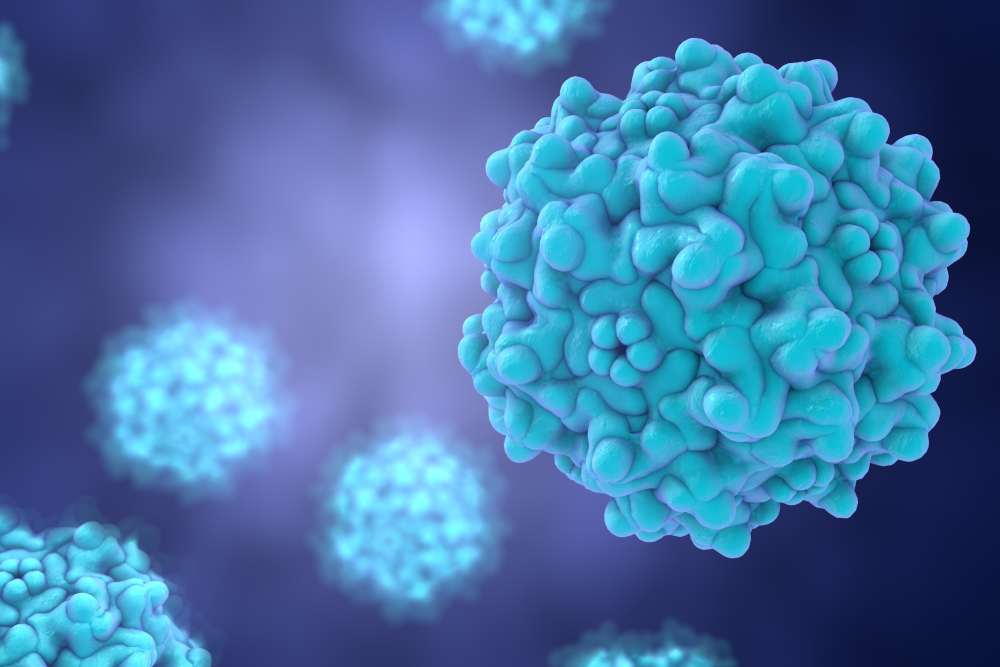
Adeno-associated viruses are essential in the production of AAVs
The use of AAV vectors for therapeutic purposes is considered to be very safe, as viral proteins are removed from the vector prior to its application, which reduces toxicity and, importantly, immunogenicity, minimizing the risk of an unwanted immune response.
On the other hand, adeno-associated viruses have a relatively low cassette capacity and, depending on the serotype, are sometimes unable to induce sufficient therapeutic gene expression.
Lentiviral vectors in gene therapies
Lentiviral vectors are considered to have great potential for gene therapy, as they are capable of inducing therapeutic gene expression both in dividing and non-dividing cells, permanently remaining in the host genome. For instance, this makes them suitable for the transduction of neurons. As they do not usually provoke a strong reaction from a patient’s immune system, but are however equipped with transcriptional enhancers and promoters, LV vectors are appropriate for a variety of therapeutic approaches. They are also suitable for chimeric antigen receptor T-cell therapy, where cell lines are genetically modified ex vivo (in vitro) and can then be used to fight cancer cells.
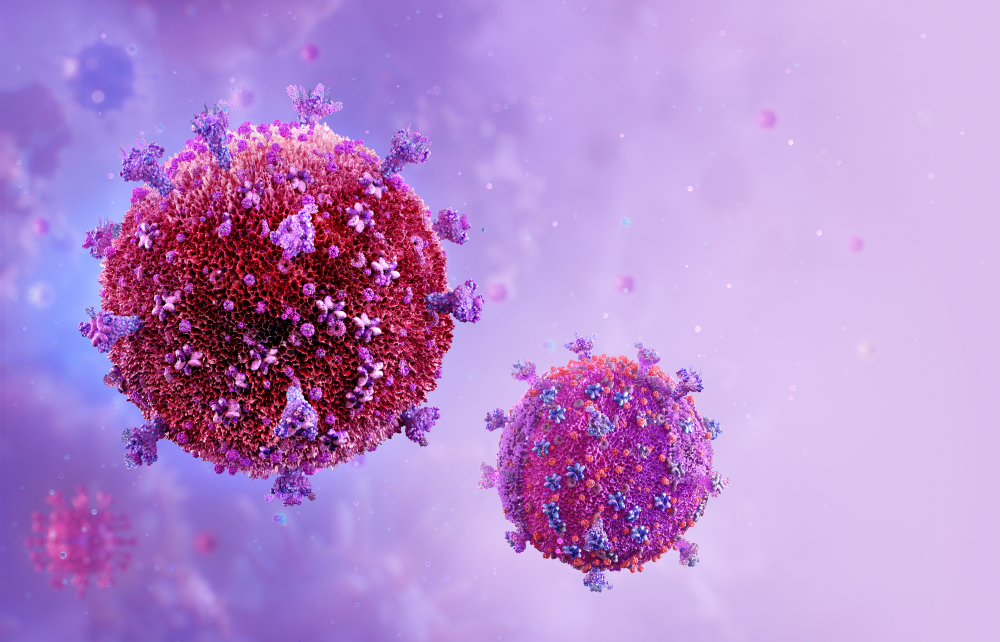
The HI-Virus belongs to the group of lentiviruses
A major drawback for the use of LV vectors in gene therapy has been with regard to safety concerns. Although great efforts have been made to modify lentiviruses so they can be used safely as a viral vector, these concerns have not yet been entirely dispelled.
Retroviral vectors in gene therapies
Retroviral vectors are among the most frequently used viral vector systems in gene therapy, after AVVs, LVVs, and AAVs. Although their transduction capability remains limited to cells that are dividing, the ability of RVVs to bind to the host genome allows them to be used for long-term gene expression as a treatment option for several medical conditions.
Nevertheless, RVVs are not free from safety concerns. There have been cases of insertional mutagenesis that led some patients to suffer from leukemia following a treatment based on a retroviral vector, therefore the attention paid to RVVs has decreased.
Herpes simplex viral vectors in gene therapies
A final type of viral vector is based on the herpes simplex virus (HSV) – a virus most people carry inside them. Once infected with HSV, the virus remains in a person’s body and – depending on the infected person, but also their health condition at a given time – it can re-activate, making the infection visible.
The herpes simplex virus is very common and, due to its ability to remain inside the body for a long period of time, a promising viral vector in gene therapy. HSV vectors are most likely to be chosen for the treatment of medical conditions that concern the nervous system, as HSV’s tropism is for neuronal cells.
A glimpse into the future – what studies and clinical trials anticipate
The translation of theoretical to practical knowledge when considering viral vectors is the subject of numerous studies and clinical trials all over the world, with a considerable amount of therapeutic approaches already approved by the US Food and Drug Administration (FDA) and even more yet to be explored. As a reaction to the high expectations for viral vectors to revolutionize the life sciences, research in this field receives broad financial support, which makes viral vectors even more promising.
As for AAV vectors, one recent field in which they have been used is in therapies for hepatitis B virus, supporting attempts to cure or prevent chronic infections caused by this virus. Additionally, AAV vectors have been evaluated as a treatment option for cystic fibrosis, a disease caused by a mutation in the CFTR gene.1 2
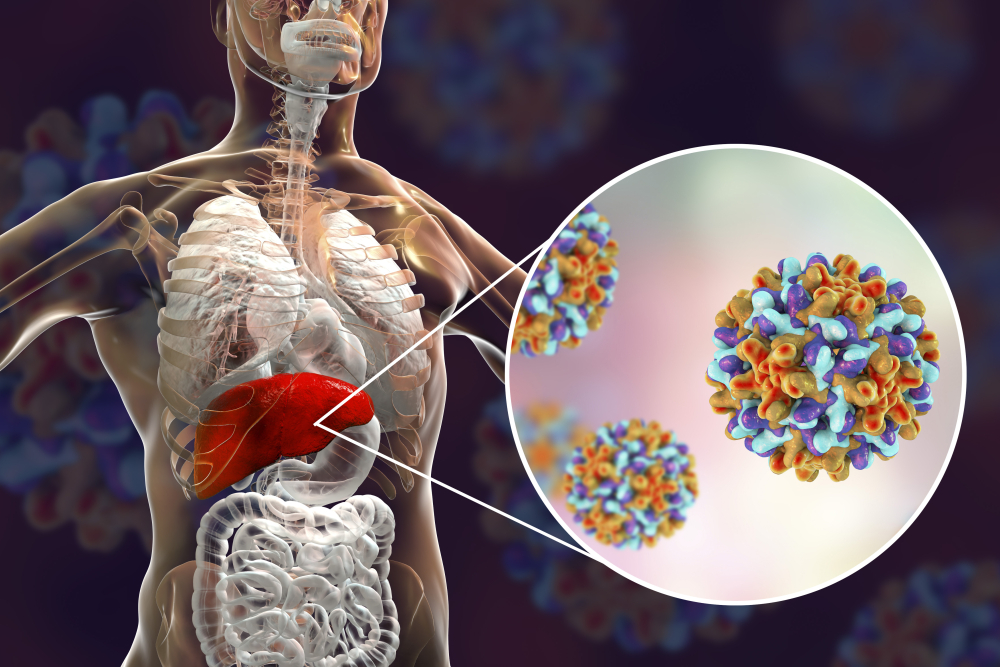
Adenoviral vectors are being studied in oncology, for instance as a treatment option for solid tumors. Although there are still difficulties to overcome, AVVs might be eligible as one facet of a therapeutic regime. Furthermore, adenoviral vectors have already been used in the development of vaccines, e.g. against COVID-19.3 4
Another type of viral vector that has not been mentioned so far is anellovirus-based vectors. As these vectors can be readministered to patients without causing an immune response, there are great expectations among researchers about the future of anellovirus-based vectors, and many consider them to be the “next big thing”.
With these examples in mind, one can clearly see that there is much going on in terms of research into viral vectors as treatment options for various diseases. It remains to be seen, and it is difficult to foresee, which efforts will not go any further than trials on mammalian cells or stem cells, and where viral vectors may enable scientific breakthroughs. However, there is one thing we can be sure of: Viral vectors represent a huge opportunity for medicine, and we shall hear much more about them. This is why considerations about their logistics must be taken into account today, as viral vector production requires highly specialized fluid management systems and a means for safe and effective cold storage and transport.
Viral vector production: Meeting a growing demand with single-use products
With the discovery of new fields of application for viral vectors in gene therapy comes an increased need for dedicated solutions along their supply chain. Single Use Support has a wide product portfolio ready to meet manufacturers’ demands in this regard. This begins with the primary packaging, in the protective shell RoSS.KSET, which is suitable for cryopreservation of gene therapy products; fluid management solutions, within the RoSS.FILL CGT platform; cryogenic freezers; and the plate-freezing platform RoSS.pFTU. Plate-freezing enables the controlled-rate freezing of biologics, which is particularly crucial in the production of viral vectors, as freezing rates must match the requirements of the specific substance.
All of these products are complemented by the ultra-cold storage freezer RoSS.FRDG and the shipping container RoSS.SHIP, which form a dedicated transport solution. Together, these products comprise an elaborate product array designed to facilitate the medical breakthroughs enabled by viral vectors.
These automated and modular single-use technology solutions bring a variety of advantages, such as a high level of safety and cost and resource efficiencies. Thus, it is no wonder that single-use technologies have been on the rise in recent years and will continue to do so in 2023.
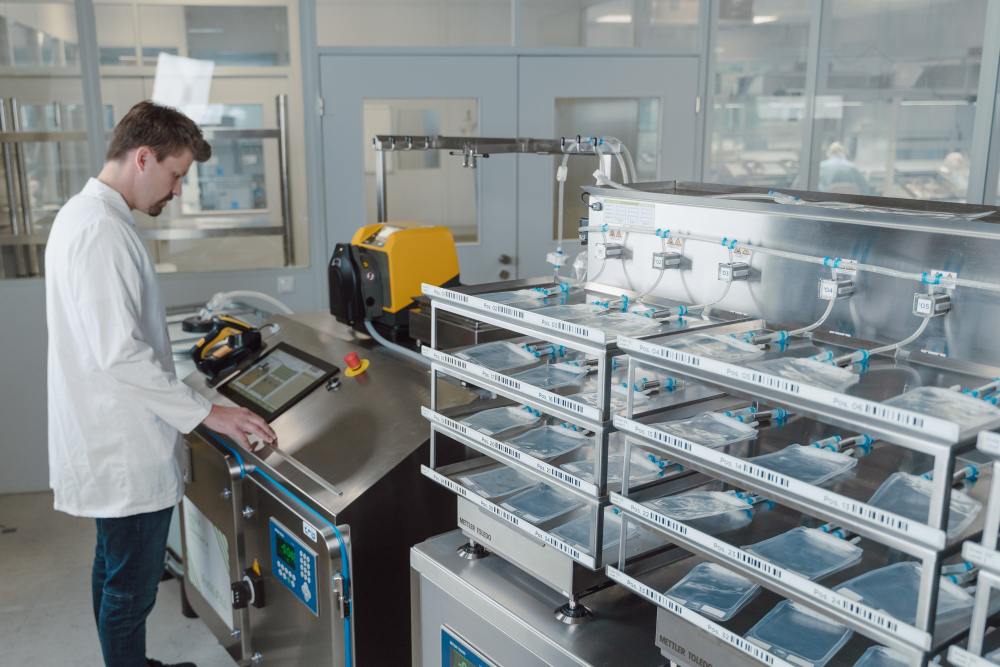
- Advances in designing Adeno-associated viral vectors for development of anti-HBV gene therapeutics, http://dx.doi.org/10.1186/s12985-021-01715-9, Published 2021-12-13
- Gene Therapy: A Possible Alternative to CFTR Modulators?, http://dx.doi.org/10.3389/fphar.2021.648203, Published 2021-04-21
- Current development in adenoviral vectors for cancer immunotherapy, http://dx.doi.org/10.1016/j.omto.2021.11.014, Published 2021-11-20
- Adenoviral vector vaccine platforms in the SARS-CoV-2 pandemic, http://dx.doi.org/10.1038/s41541-021-00356-x, Published 2021-08-05



